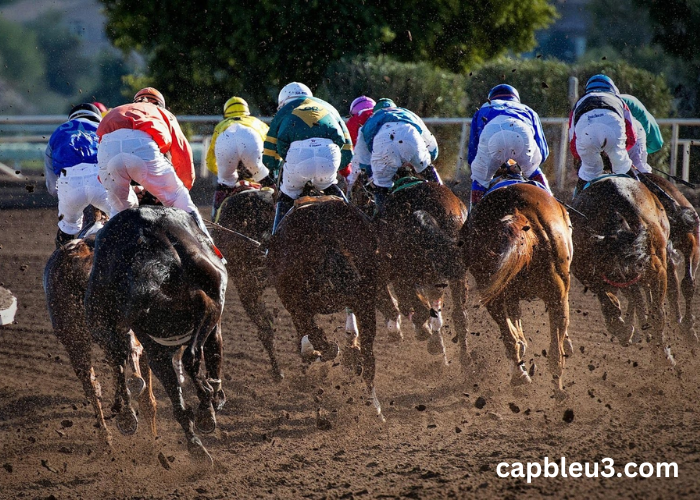
In the vibrant world of horse racing, betting can be both exhilarating and intimidating. The stakes are high, and so are the potential returns. But what if there was a way to navigate the risks more safely? Enter the art of hedging. By employing smart hedging strategies, you can minimize risks and maximize your winnings.
This guide will delve into various hedging techniques that can elevate your horse racing betting experience, providing both excitement and financial security.
Undersanding Hedging Bets
Hedging is essentially about protecting your primary bet. Think of it as having an insurance policy for those moments when things don’t go as planned. When you hedge your bets, you place additional wagers to cover various possible outcomes.
For instance, imagine you’ve placed a bet on Horse A to win. To hedge, you might also place a bet on Horse A finishing second. This way, if Horse A doesn’t win but comes in second, you still walk away with some winnings.
Benefits of Hedging:
- Risk Reduction: Minimizes potential losses.
- Financial Security: Provides a safety net for your investments.
- Peace of Mind: Allows for more confident betting.
Smart Hedging Strategies
The Partial Hedge
The partial hedge is a popular strategy for those who want to balance risk while maintaining the potential for a profit. Here’s how it works:
- Initial Bet: Bet on your top horse to win.
- Secondary Bets: Place smaller bets on other horses to win or place.
For example, bet £50 on Horse A to win at odds of 5/1. Additionally, place smaller bets on Horse B and Horse C. If Horse A wins, you get a substantial payout. If Horse B or C wins, you minimize your loss.
The Dutching Method
The Dutching method allows you to spread your risks across multiple horses in a race, ensuring a profit regardless of the winner. Here’s how:
- Selection: Choose several horses with good odds.
- Calculation: Use an online calculator to determine the exact stakes for each horse.
For instance, divide a £100 total stake among three horses with odds of 3/1, 5/1, and 7/1. Adjust your stakes so that any one of the victories covers your initial investment and guarantees profit.
Advanced Betting Options
Win-place Bets
Win-place bets provide an excellent balance of risk and reward:
- Win Bet: Bet on your selected horse to win the race.
- Place Bet: Bet on the same horse to finish first or second.
This strategy ensures that even if the horse doesn’t win, you’ll still get a return if it finishes in the top two.
Exacta and Quinella Bets
For those looking to spice things up:
- Exacta: Predict the first two finishers in exact order.
- Quinella: Predict the first two finishers in any order.
These bets are riskier but can offer higher rewards, requiring keen analysis and understanding of the horses’ form and performance.
Trifecta and Superfecta Bets
For the seasoned bettors:
- Trifecta: Predict the first three finishers in the correct order.
- Superfecta: Predict the first four finishers in the exact order.
These bets are the most challenging but can yield substantial payouts if successful.
In-Play Betting
In-play betting, also known as live betting, can turn a race into a thrilling experience:
- Real-Time Decisions: Place bets during the race as the action unfolds.
- Dynamic Odds: Adjust bets based on evolving odds.
- Additional Options: Bet on various aspects like who will lead or finish in the top three.
This method requires quick decision-making but allows you to capitalize on the race’s progression.
Conclusion
Hedging in horse racing betting is akin to having a safety net. It allows you to enjoy the thrills of the racetrack with reduced risk. From simple Win-Place bets to intricate methods like Dutching and in-play betting, the various strategies offer something for every bettor. Whether you’re a novice or a seasoned punter, mastering these techniques can enhance your betting experience and, potentially, your winnings. So next time you place a bet – perhaps on an exciting event like the Breeders Cup betting options – consider hedging to bet smart and safe.